The price is not very close to the people of the Mac in the country basically become an arcade, in addition to consumer psychological reasons, nothing more than a good experience of the phone itself. The one that affects the experience is the difference between the iOS system and the Android system. On the other hand, the humanized interactive design emphasized by Jobs.
Like mobile phones, smart TVs are also based on system development, and television is the home entertainment terminal. The requirements for experience are even higher than those of mobile terminals. Everyone often evaluates whether a TV is good or not. This includes not only hard standards such as content, quality, sound quality, but also operational experience. In simple terms, it is the experience of the TV's UI system and remote control. The remote control is physical, feels good, there is no Bluetooth voice or even somatosensory functions, button operation path design, etc. If the manufacturer can do a good remote control, the experience will be upgraded.
Nowadays, many manufacturers have incorporated the remote control into a conforming function. In addition to the modeling material, basically there is no idea to break through, so let's talk about UI operations that are easily overlooked.
Is UI important?
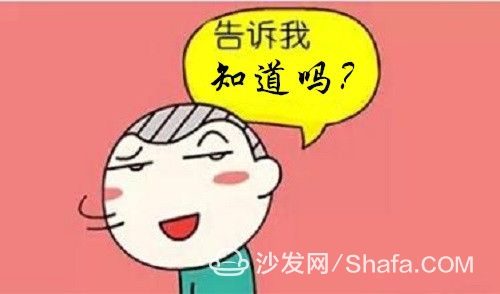
Most of the TV market is still based on the development and design of the Android system. Although it is in the same context of development, the UI design of TVs of different brands is still very different, well, and cherished.
Sometimes when new TVs are brought home, they find that everything is good. When they are used, they always feel that they are “disabled.†This is the subtle influence of the TV UI design. There is a difference in experience. Xiao Bian has screened some TV brands' UI designs and talked about the subtleties of those that they couldn't tell by explaining the focus, color, and characteristics of interactive UI design.
1. Wind UI
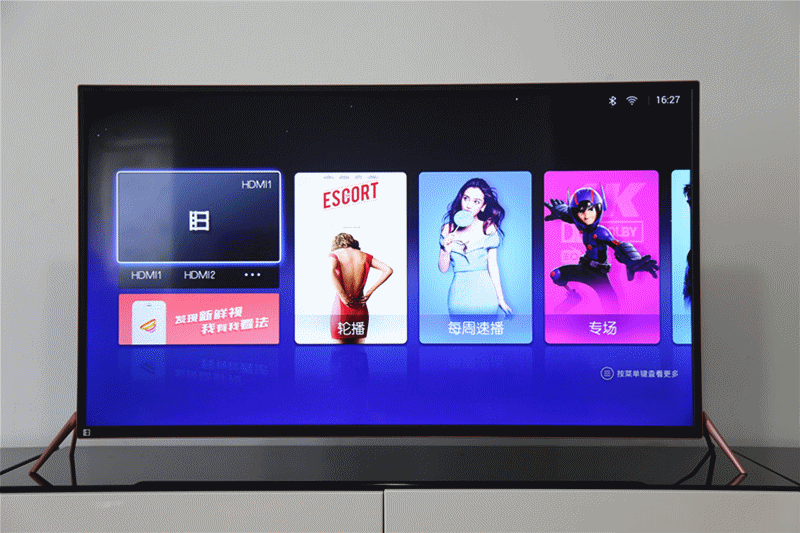
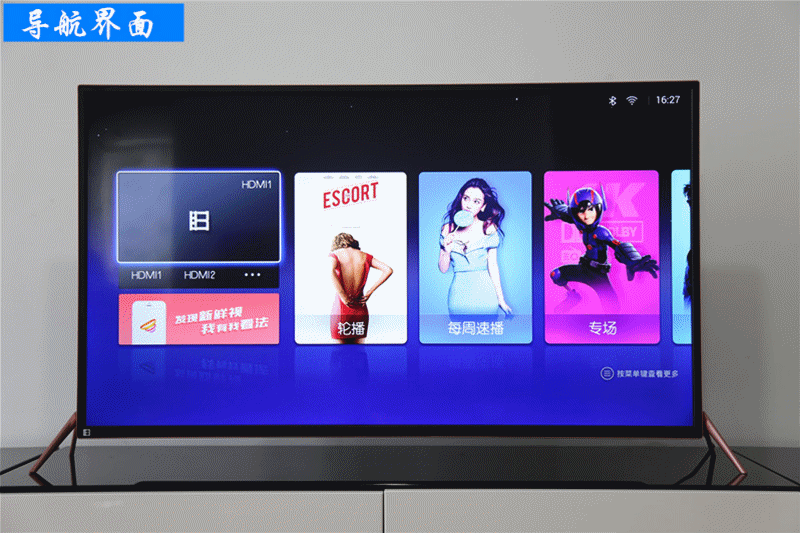
In general, the wind UI will be very easy to use, and easy to use, experience is good, in line with the general user habits.
2.EUI
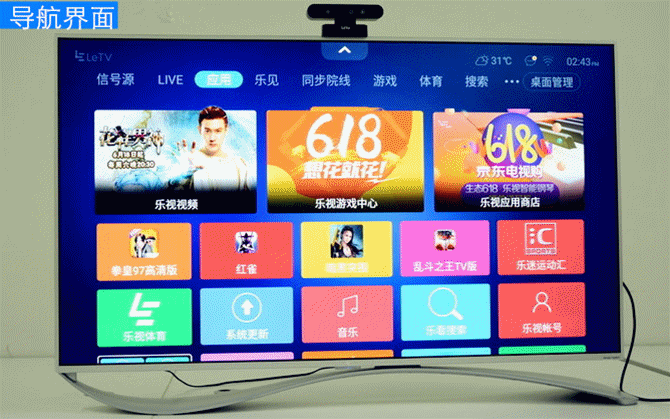
Details, such as the navigation bar of the main interface uses color blocks to identify the focus, and the navigation bar below the video interface uses font discoloration and subscript lines to identify, the general UI this type of focus display design is the best, in terms of user memory experience.
In general, the EUI classification is careful and can accurately navigate, but the overall interface design is too full and there will be a "messy" feeling in use.
3.MIUI
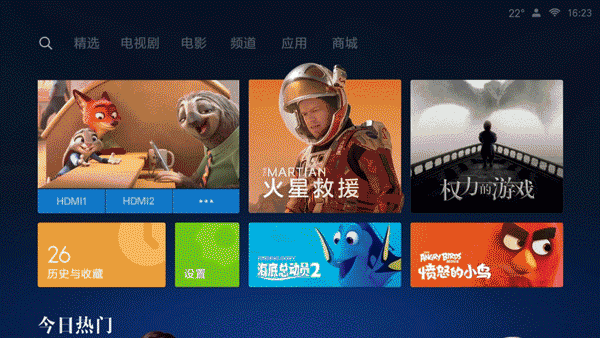
The hidden content of this post is that the background color of the puzzle wall is also the fusion gradient of blue and black. The first line is the navigation menu, and the search is the first to highlight the search function. Without application classification, each card-type poster is a direct film source. When the focus is on, the card will have a floating effect but no other identification feature. This will cause the situation where the focus cannot be found during use. The puzzle wall can be automatically loaded indefinitely, and there will be new content appearing in the drop-down. It is convenient and fast, but there are too many content collections and there are suspicions that the classification is not fine.
In general, this kind of system desktop is very novel. It is a good innovation because it is intelligent and the operation is minimal.
4.VIDAA UI
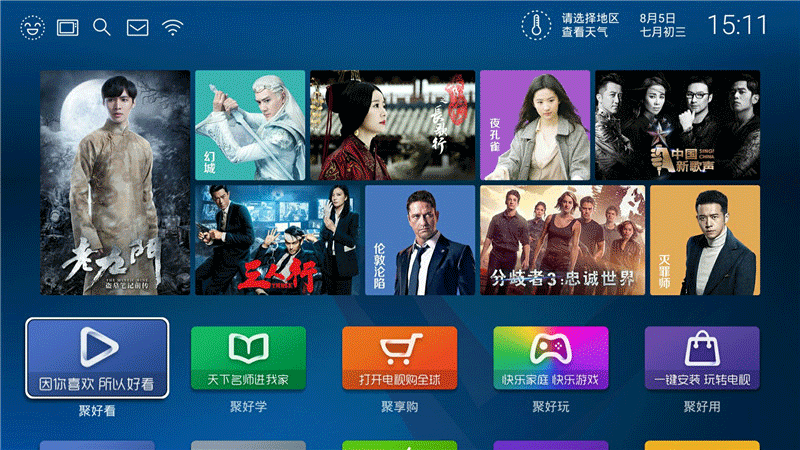
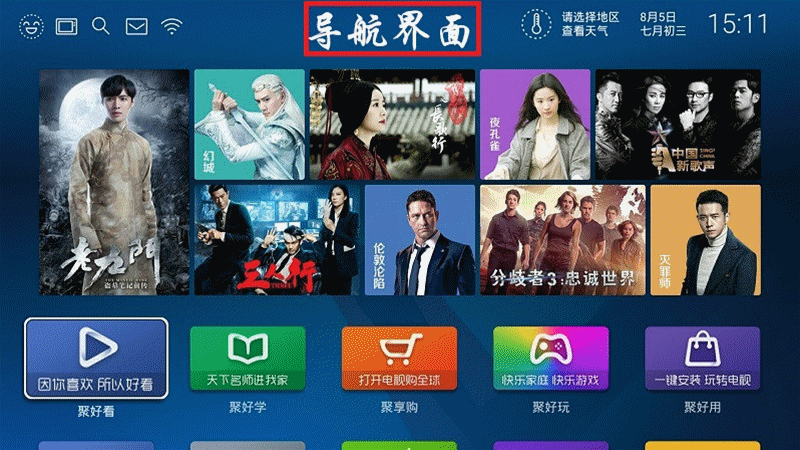
In general, the VIDAA UI interface is not clear but the focus is not obvious, but the experience is not bad.
Xiao Bian said:
The UI system is regarded as the "outside appearance" of televisions. Not only does it have to look pleasing to the eye, but it must also pay attention to the details of the design. For users, choosing TV is no longer just looking at the common key points such as material, performance, and content. The UI system is the first thing to use. Knowing this, and then synthesizing your ideas, I believe you can buy a TV that you like best.
Floating Board To Board Connector
FLOATING Board to Board Connector
FLOATING Board-to-board (BTB) connectors as the name indicates is used for connecting circuits board together. This kind of connectors are suitable for stacking circuits boards one over another. Flat flexible cables can be avoided using these kinds of connectors; moreover it makes the entire unit more compact. The commonly used BTB connectors are SMT connectors and Berg Strip. We will discuss about them in detail in the following section.
SMT CONNECTOR
Surface Mount Technology (SMT) connector is a commonly found board-to-board connector in advanced circuit boards. As the name indicates this connector is available only in surface mount model. It is carefully mounted on to the solder pads on the surface of the PCB.
SMT connectors are ideal candidate for miniaturization due to their small area of occupancy and stacking height. They are suitable for double layered or multilayered PCBs. They are designed for high performance and reliability.
They commonly found in advanced circuit boards in networking equipment, telephones, mobile phones, computers and other consumer electronics.
Floating Board to Board Connector
ShenZhen Antenk Electronics Co,Ltd , https://www.pcbsocket.com